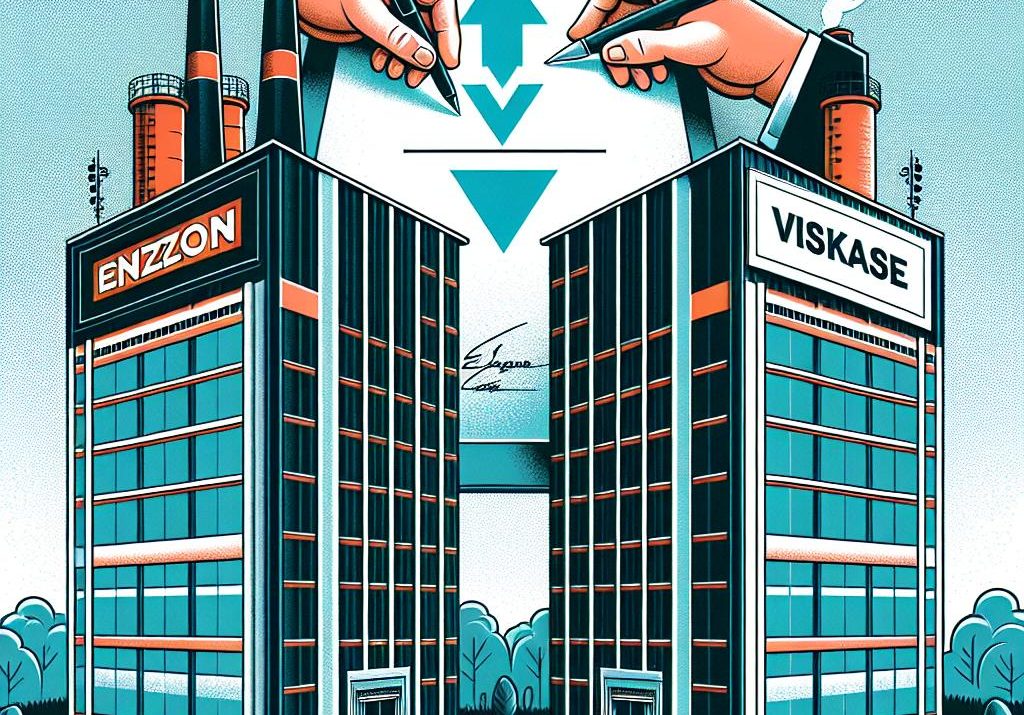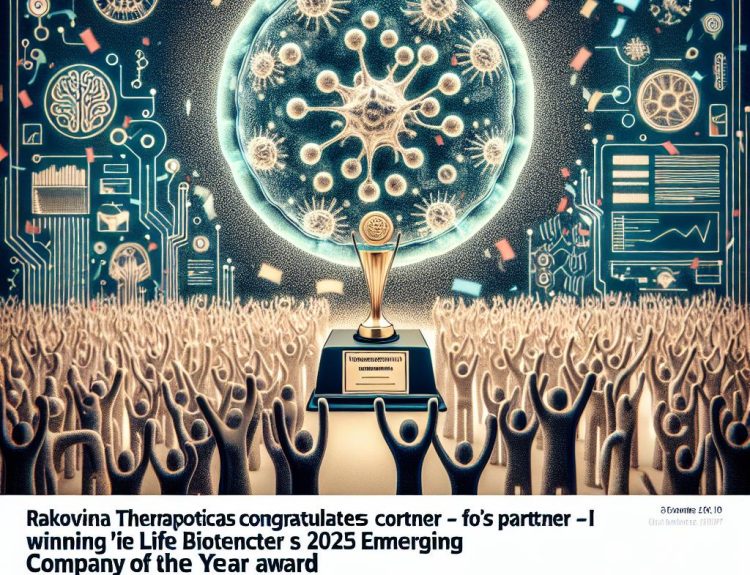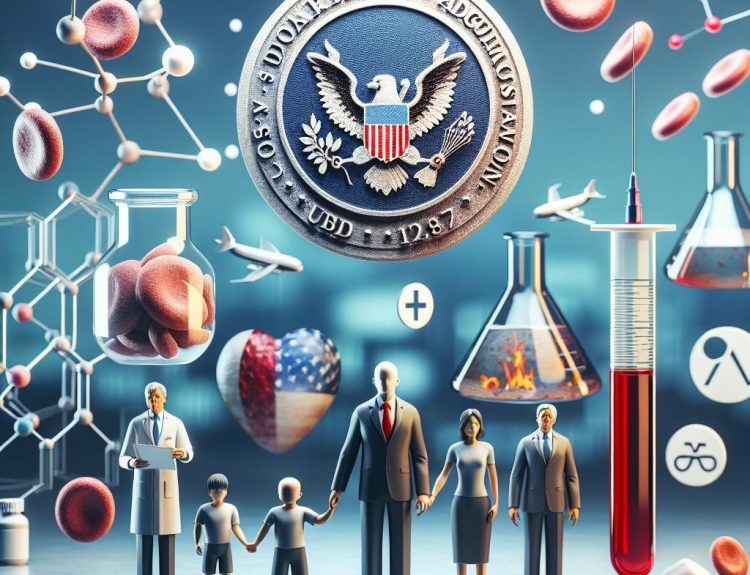Enzon Pharmaceuticals and Viskase Companies have amended their previously announced all-stock merger, resetting ownership so Viskase holders will own 55% and Enzon holders 45% of the combined company. The revision also lowers Enzon’s minimum cash requirement at closing, sets a 1-for-100 reverse stock split at Enzon ahead of completion, bases the conversion of Enzon’s Series C preferred stock on a 20-day volume-weighted average price, and extends the outside closing date to March 31, 2026. Icahn Enterprises and affiliates agreed to deliver consents approving the deal and to exchange their Series C preferred into common stock before closing. Enzon, which now positions itself as a public acquisition vehicle rather than an operating biotech, expects its net operating losses to remain usable by the combined entity. Special committees and boards at both companies have approved the amendment.
The strategic signal is unambiguous: this is a tax and listing-driven reverse merger that repurposes a legacy biotech shell to take a non-healthcare industrial business public while preserving NOLs. For life sciences leaders, the headline may seem far afield—Viskase makes meat casings, not medicines—but the implications land squarely in the industry’s capital stack. Each time a biotech wrapper becomes a conduit for an unrelated sector, the available inventory of reverse-merger pathways for private biotechs shrinks, and the market assigns a tangible price to NOLs as a deal currency.
Timing matters. The selective reopening of the biotech IPO window has favored later-stage, high-visibility themes, leaving many discovery and early clinical platforms reliant on alternative routes to public markets or on structured financings. With Enzon trading on OTCQB and Viskase on OTC Pink, this transaction underscores how sponsors and operators are prioritizing certainty of listing and tax attributes over sector alignment. For private biotechs that had been eyeing reverse mergers as a bridge to public comparables and follow-on access, competition now includes industrials willing to pay for shells and tax assets. For micro-cap biopharmas with limited pipelines but sizable NOLs, the message is that their most monetizable asset may be tax capacity, not science—an uncomfortable reality that nonetheless shapes board-level options.
Commercial and Medical Affairs teams will not feel immediate operational effects from this deal, but the downstream consequences are real. Fewer viable reverse-merger partners and a prolonged scarcity of risk capital can delay or derail launches, compress evidence generation budgets, and push programs toward out-licensing or royalty-backed financings earlier in development. Payers and HCPs are insulated in the near term, yet the capital constraint environment tends to concentrate investment in assets with clear payer-aligned outcomes and near-term label expansion potential, reinforcing the industry-wide pivot to de-risked, data-rich programs.
This amendment also fits a broader pattern: cross-sector reverse mergers, reverse splits to meet trading thresholds, and the explicit engineering of ownership to protect Section 382 NOL usability. Icahn’s consent and preferred conversion add deal certainty and simplify cap table dynamics, but they also highlight how governance and anchor-holder alignment have become prerequisites for small-cap transactions in today’s market. As royalty financings, CVRs, and asset carve-outs proliferate, the opportunity cost of tying up a life sciences shell outside the sector will be watched closely by biotech investors seeking scarce routes to liquidity.
The next question is whether more legacy biotechs will exit healthcare entirely as NOL vehicles, further tightening the reverse-merger channel for emerging therapeutics. If that happens, do BD leaders accelerate partnerships and structured capital now, or gamble that a broader equity window will reopen before 2026?
Jon Napitupulu is Director of Media Relations at The Clinical Trial Vanguard. Jon, a computer data scientist, focuses on the latest clinical trial industry news and trends.







